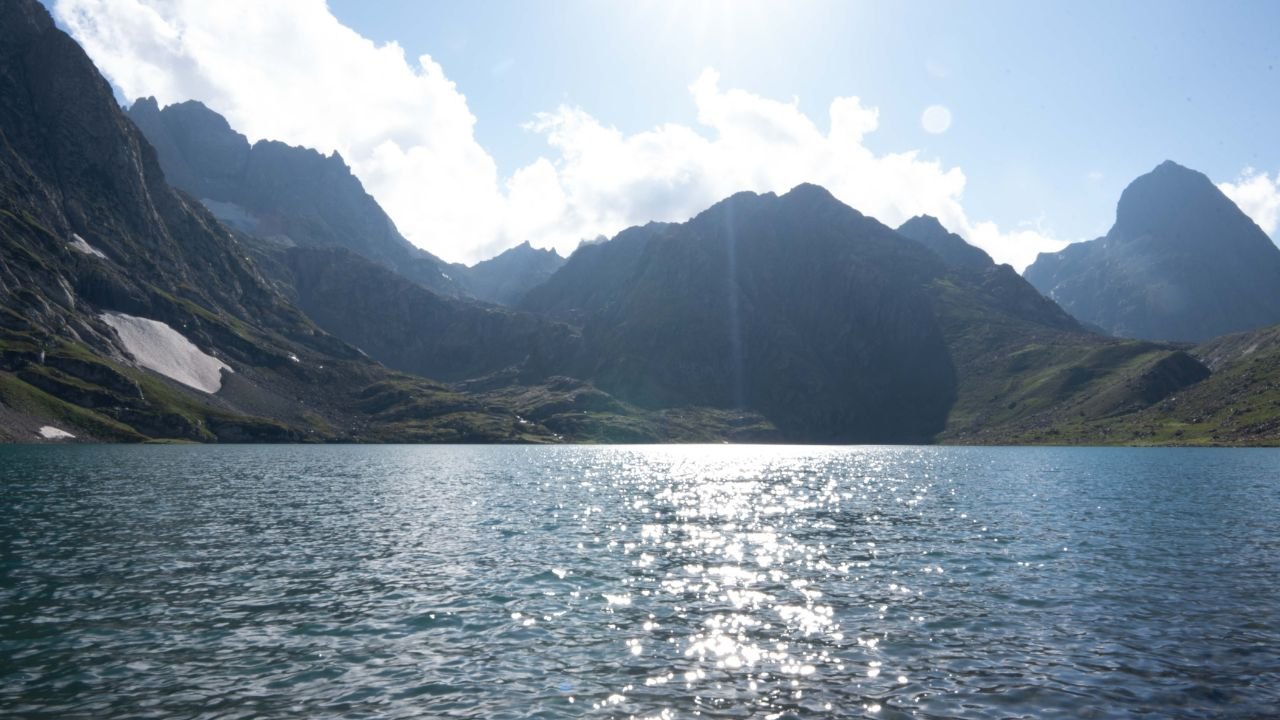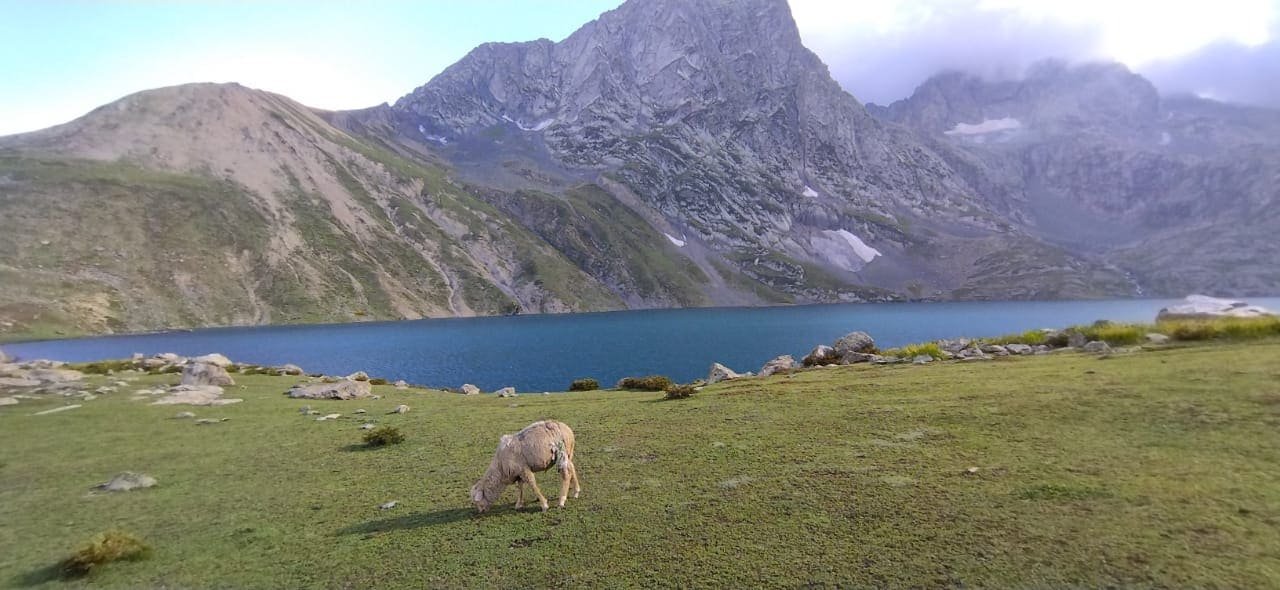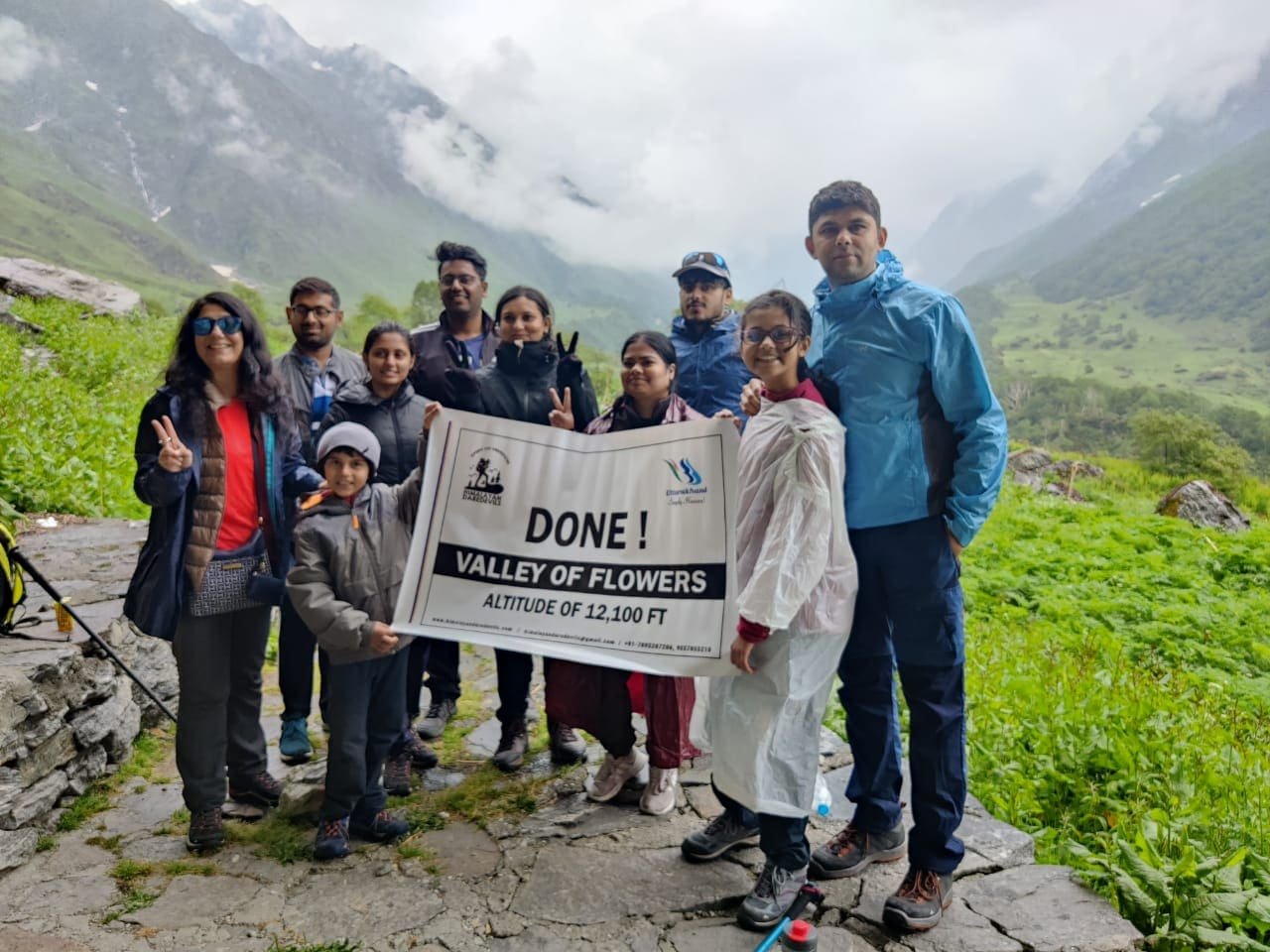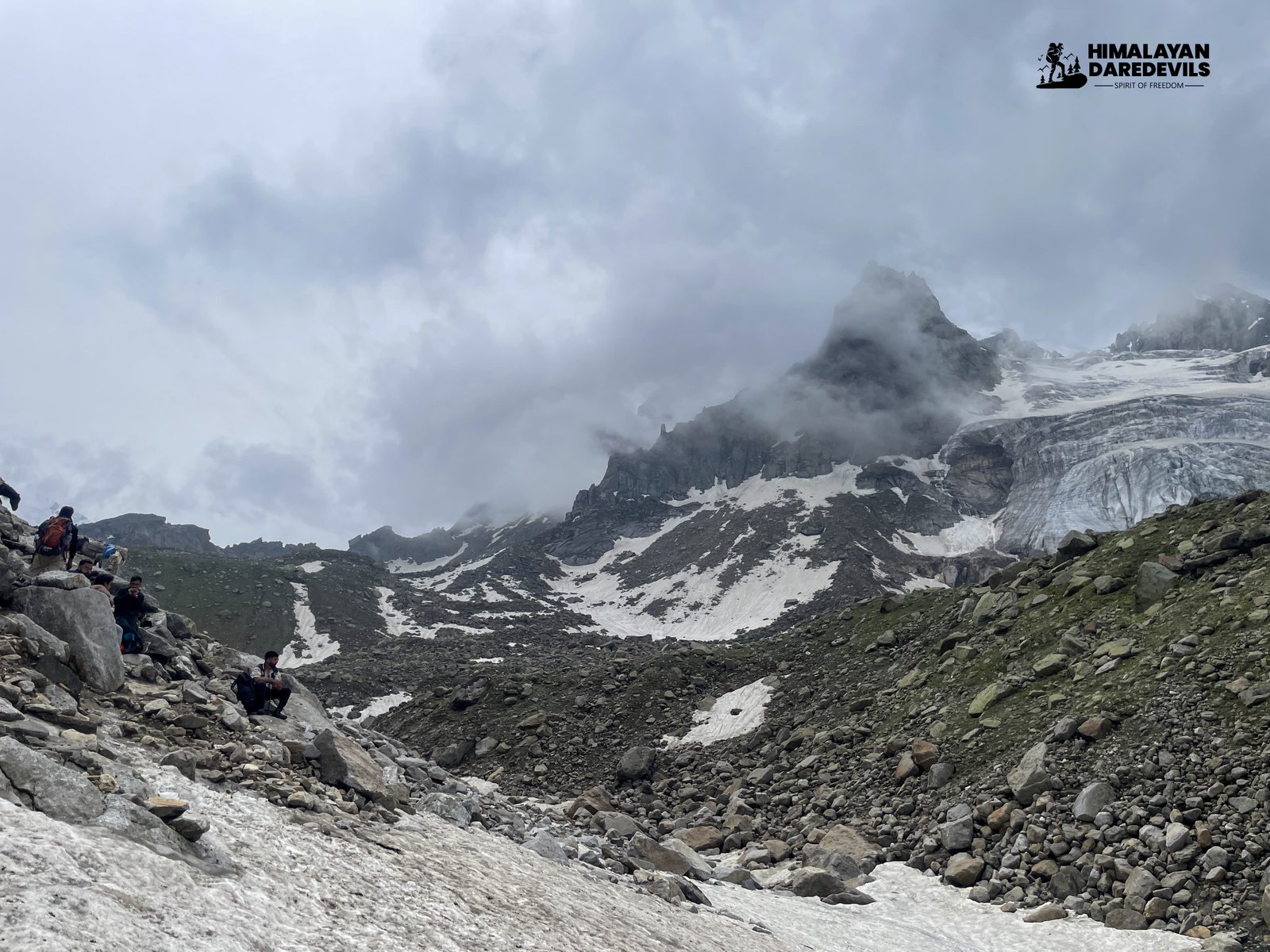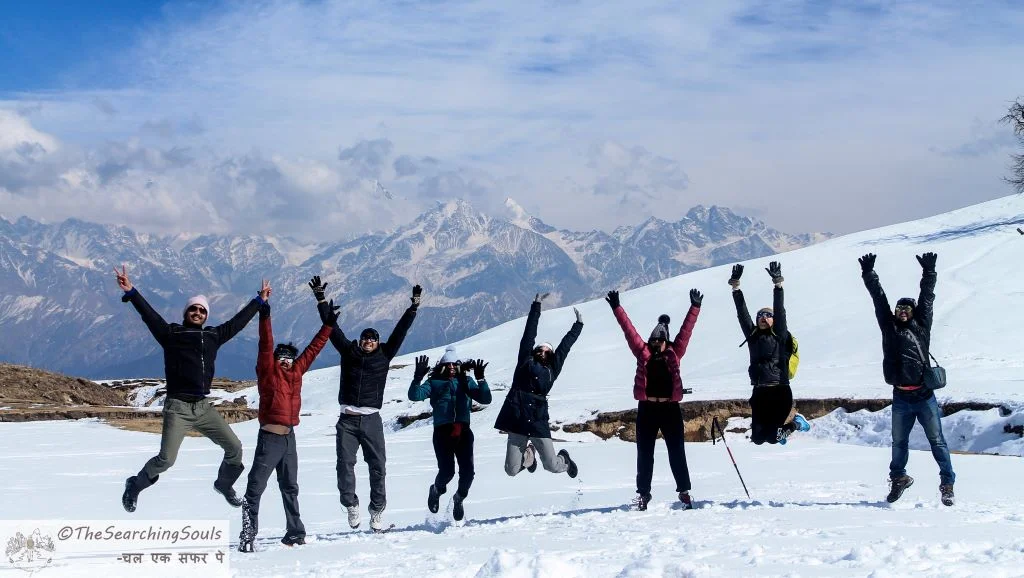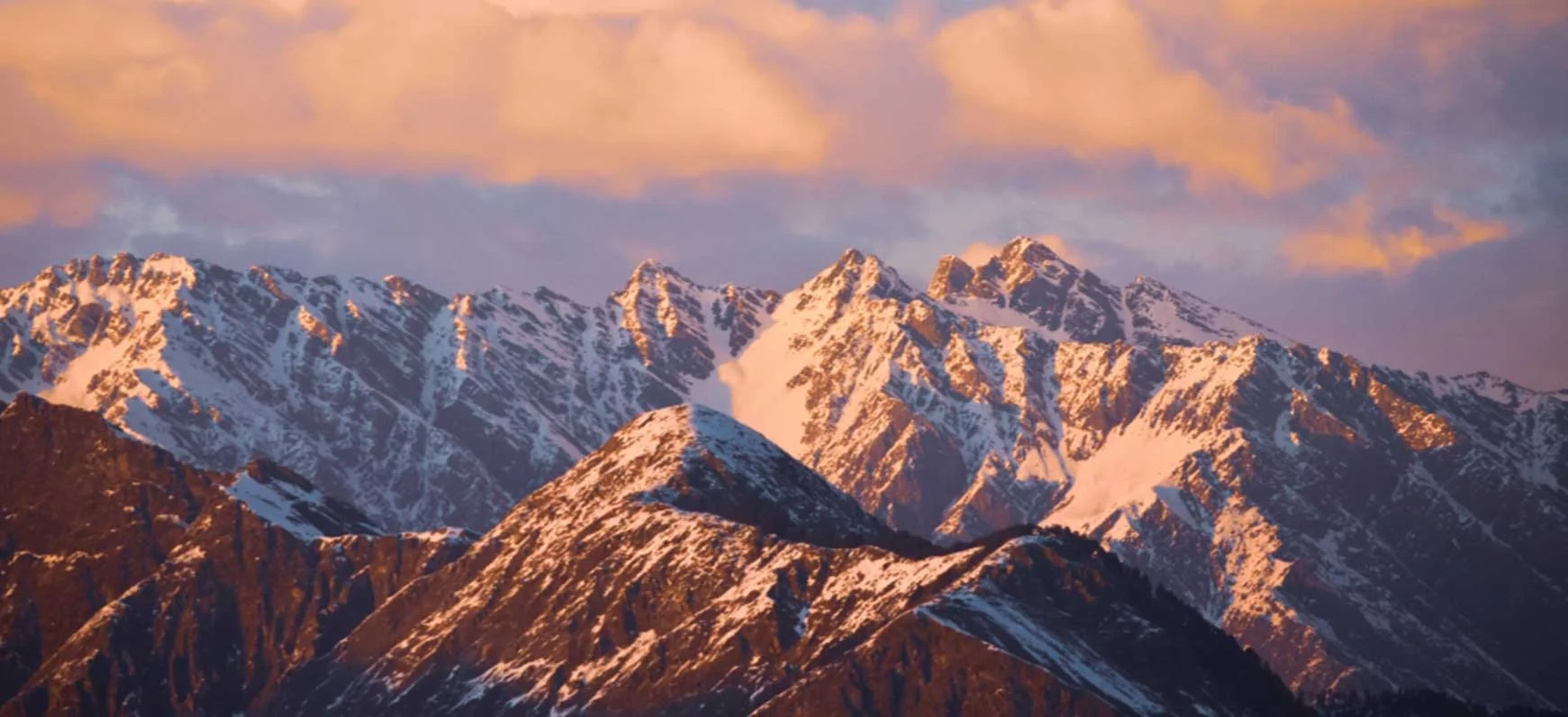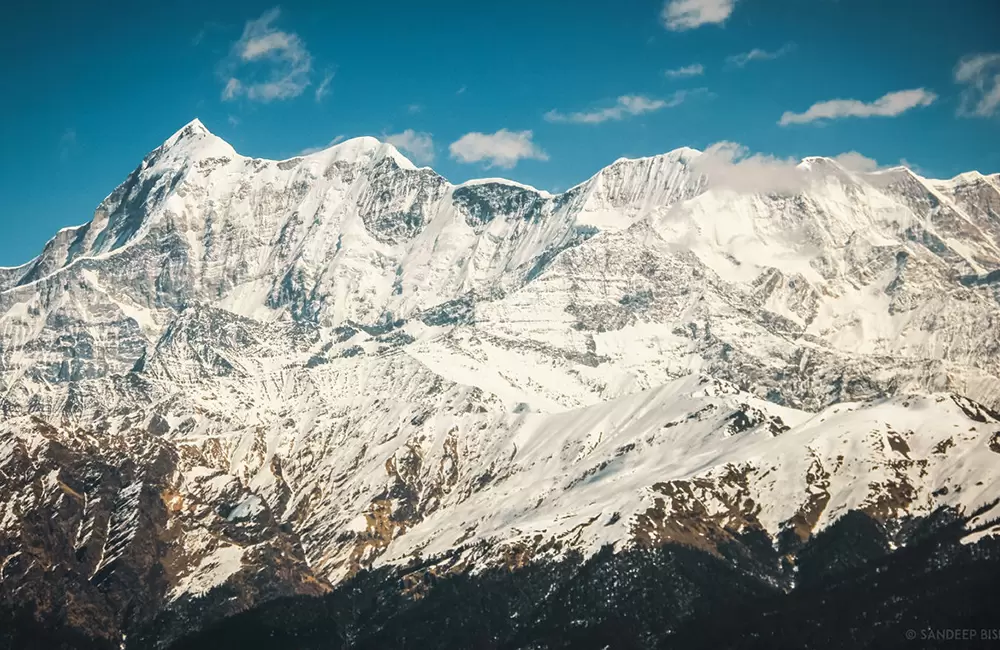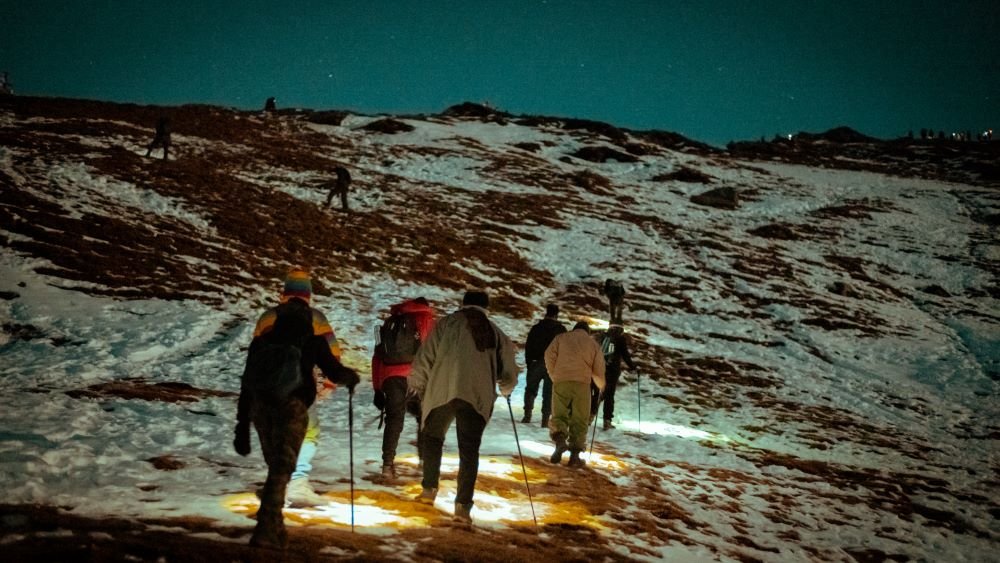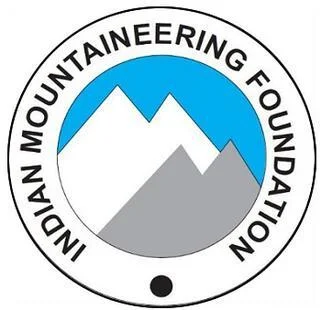22 June 2025
The Seven Great Alpine Lakes of Kashmir, beautiful and serene, sacred and still, surrounded by the ancient Himalayan mountains and hidden among the green alpine meadows attracts hundreds of trekkers every year. The Kashmir Great Lakes Trek is not just a getaway, it is a pilgrimage for the devotees of mother nature, it is a spiritual journey for those who seek the comfort and peace of the Himalayan mountains and who want some days away from the deafening noise of a modern city life.
The 70 kms KGL Trek takes around seven days to complete and in these seven days you will walk through steep trails, cross sharp ridges and walk on snow covered fields. You will trek for 6 to 7 hours daily and also climb at a height of 13,000 feet from sea level. All of this demands solid physical endurance, mental resilience, and a well-conditioned body and lungs.
Whether you are someone who has never hiked before or someone with years of trekking experience behind them, you must have a structured daily training plan to help you prepare.
Why You Need to Train for the Kashmir Great Lakes Trek
The Kashmir Great Lakes Trek is not just an evening walk on the hill- it is a physically demanding, high altitude-trek of moderate difficulty. There are many factors that make the KGL trek challenging
High Altitude:
The trek reaches an altitude of 13,800 feet, at this height the oxygen levels drop increasing the risk of Altitude Sickness. Physical training helps you in adapting to the reduced level of oxygen making the trekeasy.
Long Trekking Hours:
To trek to the Seven Great Lakes you will have to walk for 6 to 8 hours daily for 7 days. This requires good endurance and stamina which will take you weeks to build with daily training.
Challenging Terrain:
The Trail of the KGL trek involves steep climbs, rocky paths, and descents that put pressure on knees, ankles, and hips. To tackle these challenges with ease you must invest some time in strength training.
Load Carrying:
The Great Lakes trek requires you to carry a backpack filled with supplies that are essential for the variety of challenges you will face, training builds core and back strength to manage the extra weight comfortably.
Injury Risk Reduction:
Strength and mobility training helps prevent common trekking injuries like sprains, cramps, and joint pain.
Enhanced Experience:
Better fitness means less fatigue and more energy to enjoy the views, take photos, and soak in the beauty around you.
Mental Toughness:
Physical preparation boosts mental stamina, helping you stay focused and positive during tough stretches.
Daily Fitness Routine for Kashmir Great Lakes Trek
Here is a Daily Fitness Routine for The Kashmir Great Lakes Trek:
Cross-training Ideas for Busy Days
In the weeks that you prepare for the KGL Trek there might be days when you are busy and don’t have enough time to train. On those busy days you can opt for Cross-Training. Cross Training offers time-efficient workouts that target different muscle groups and keep your endurance and strength on track. These short, effective sessions are perfect for days when you can’t commit to your full routine but still want to stay active. Below are quick and varied cross-training ideas that fit into your schedule without compromising your trekking goals.
Hydration, Diet & Rest During Fitness Prep
To achieve the best physical and mental shape to conquer the Kashmir Great Lakes Trek, along with the physical training, you must also Support your body with proper hydration, nutrition, and rest. These three pillars play a major role in improving performance, speeding up recovery, and preparing your body for high-altitude conditions.
Hydration:
Drink 2.5–3 liters of water daily; more on training days.
Include electrolytes (e.g., lemon water, ORS, coconut water) after intense workouts or long hikes.
Start hydrating early in the day—don’t wait until you feel thirsty.
Diet:
Focus on a balanced diet:
Carbs for energy (whole grains, fruits, oats)
Protein for muscle repair (eggs, lentils, chicken, tofu)
Healthy fats for stamina (nuts, seeds, olive oil)
Eat a protein-rich meal within 45 minutes of finishing a workout.
Avoid processed foods, excessive sugar, and alcohol, which can hinder recovery and hydration.
Rest & Recovery:
Aim for 7–9 hours of quality sleep per night.
Include at least 1 full rest day each week.
Listen to your body—take extra rest if you feel fatigued, sore, or mentally burned out.
Proper hydration, smart eating, and adequate rest will help you train harder, recover faster, and arrive at the trailhead feeling strong and energized.
Tracking Progress Before Your Trek Begin
Trekking your progress along every step of your preparation helps you in keeping you motivated and pushes you to do better and reach your goals with ease.
Here is what and how to Track:
Cardio Endurance-
Track your time/distance: Aim to run or hike 5–10 km comfortably.
Use apps like Strava, Nike Run Club, or Garmin to monitor pace and heart rate.
Strength Gains-
Note reps and sets for key exercises (e.g., squats, lunges, planks).
Gradually increase intensity (more reps, weight, or duration).
Backpack Tolerance-
Practice carrying a 5–7 kg backpack during hikes or stair climbing.
Track how long you can carry it without fatigue.
Recovery & Fatigue
Monitor how sore or tired you feel after workouts.
Improvement = less soreness + faster recovery.
Mental Readiness
Keep a simple journal: Track energy levels, motivation, and confidence after each training session.
Conclusion
Tracking helps you stay accountable, adjust your training as needed, and hit the trail knowing you're physically and mentally prepared. Preparing for Kashmir Great Lakes Trek is about building a strong foundation of fitness, endurance, and resilience so you can fully enjoy the beauty of the Himalayas without being held back by fatigue or injury. You can do this by following a structured routine, staying consistent even on busy days, eating well, staying hydrated, and giving your body proper rest, you set yourself up for success.
